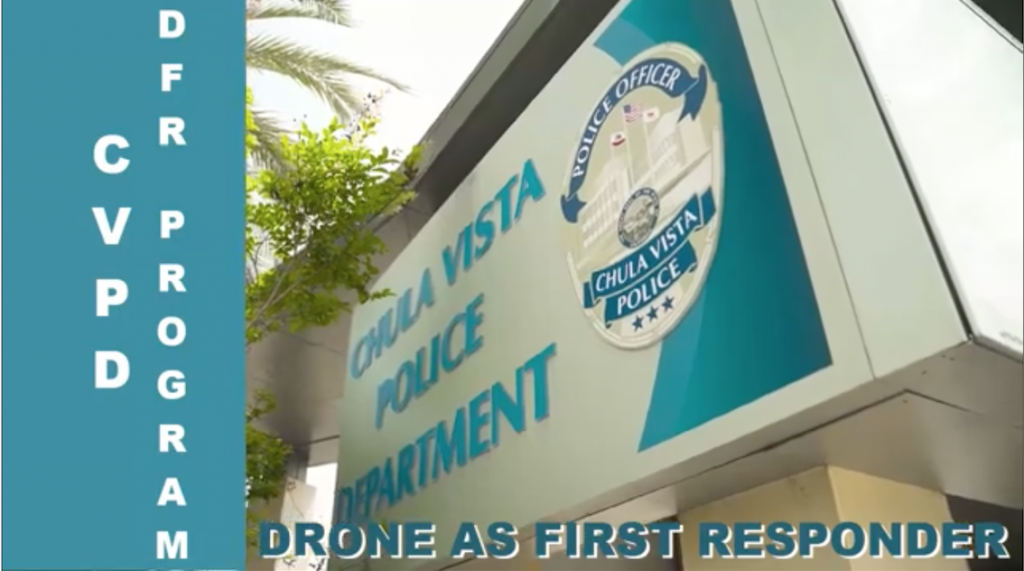 Police Use Drones for 911 Calls as Tech Helps Department Pare Down In-Person Calls, Track Perps
Police Use Drones for 911 Calls as Tech Helps Department Pare Down In-Person Calls, Track Perps
A story in MIT’s Technologyreview.com describes how a pilot program at the Chula Vista Police Department is helping to “extend the power of its workforce” by determining whether to send officers, to track nonviolent offenders surreptitiously or to document crime scenes.
The department has a total of 29 drones that can be launched from four different sites in the city and are operated by officers 10 hours a day, seven days a week. Another 1,500 police departments are using drones, but only within “line of sight.” The program is unique because it has a waiver from the U.S. Federal Aviation Administration to use drones beyond visual line of sight. This has helped police to “be” in more places without spending the time to drive there. Perpetrators can be apprehended at their convenience.
Among other actions, Sergeant Anthony Molina, the Chula Vista Police Department’s public information officer, said dispatchers can send a drone to trail suspected shoplifters.
“The drone is never in danger,” he says. And neither is the officer controlling the drone, he adds. “They’re in a room.”
The City of Chula Vista has posted several drone videos on its website, like this one in which the police department had a call that a suspect at a taco shop had a gun. Drone footage showed that it was likely a lighter, instead.
The FAA has expanded to program to 225 departments and next year is expected to make it available to all police departments. The sheriff-elect in Las Vegas has already announced plans to fly hundreds of drones citywide to respond rapidly to crimes and shootings, possibly using autonomous drones.
“This is rapidly escalating,” says Matt Sloane, founder of Atlanta-based Skyfire Consulting, which helps train law enforcement agencies on the use of drones. “Police departments are steadily growing their budgets for this technology. I think we’ll see autonomous deployment within two to three years.”
The writer, Patrick Sisson, interviewed community members and civil rights advocates who were concerned that no one is tracking the efficacy of the drone programs and how they invade privacy.
He quoted Arturo Castañares, publisher of La Prensa San Diego, a Spanish-language community paper. The paper is suing Chula Vista to release drone footage, saying there’s no transparency as to how the program is being used.
“It’s a scary, slippery slope,” Castañares says. “I’m not even advocating that they shouldn’t have this technology. But my concern is that they’ve deployed without any policies and procedures in place.”
read more at technologyreview.com







Leave A Comment